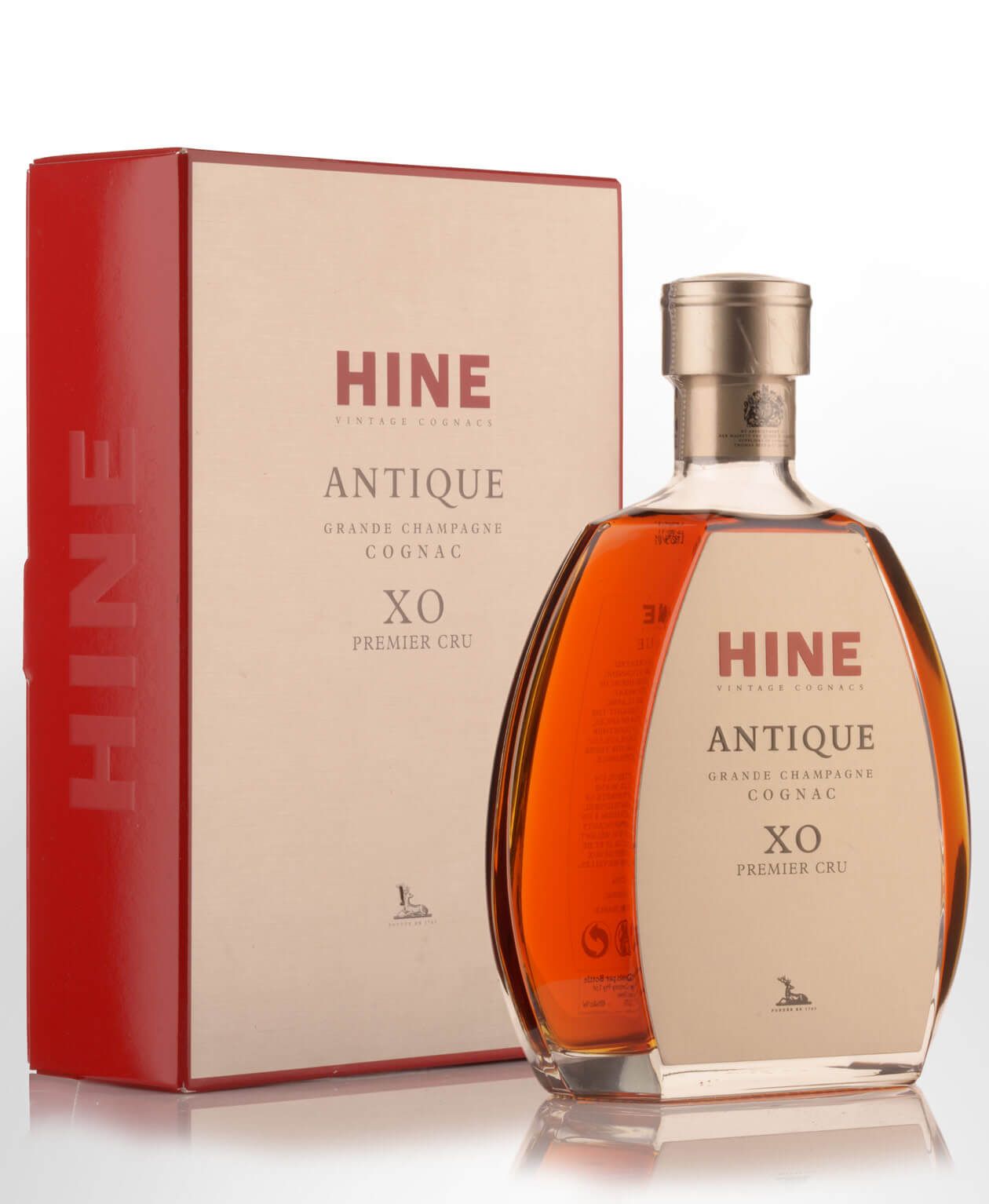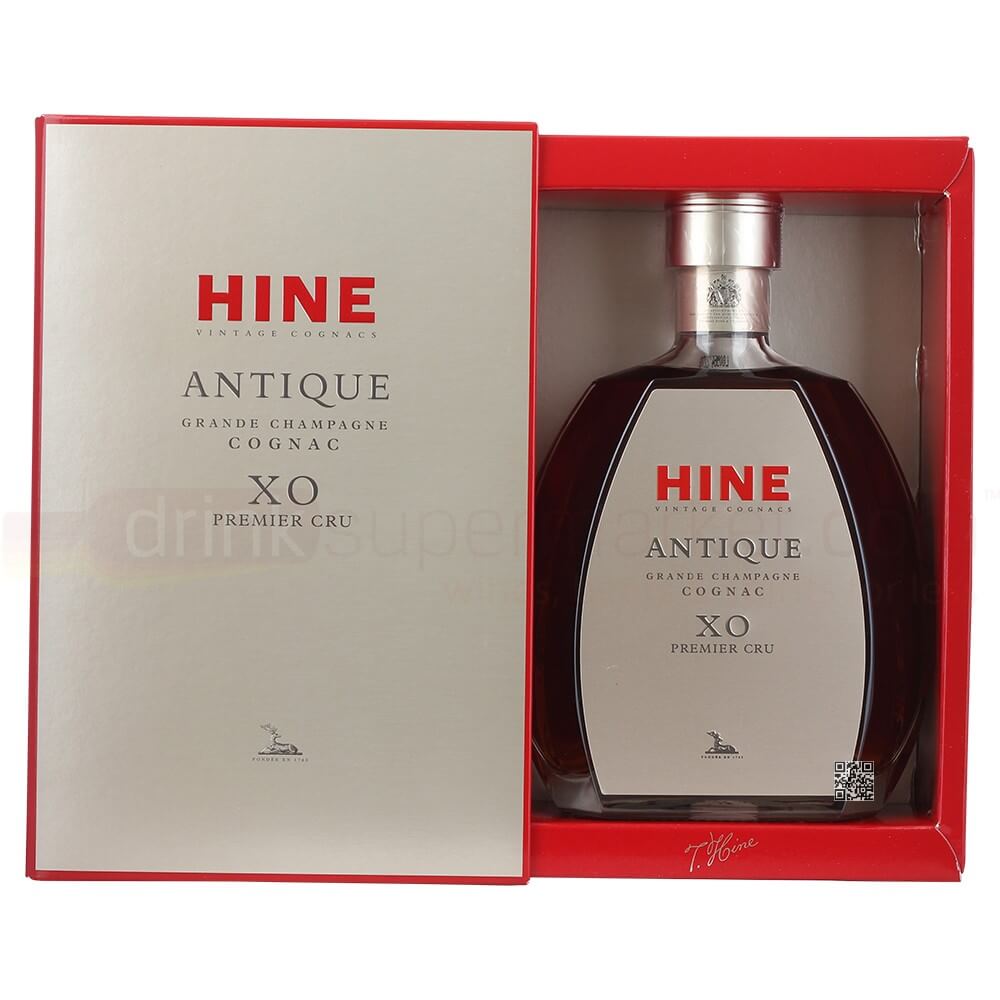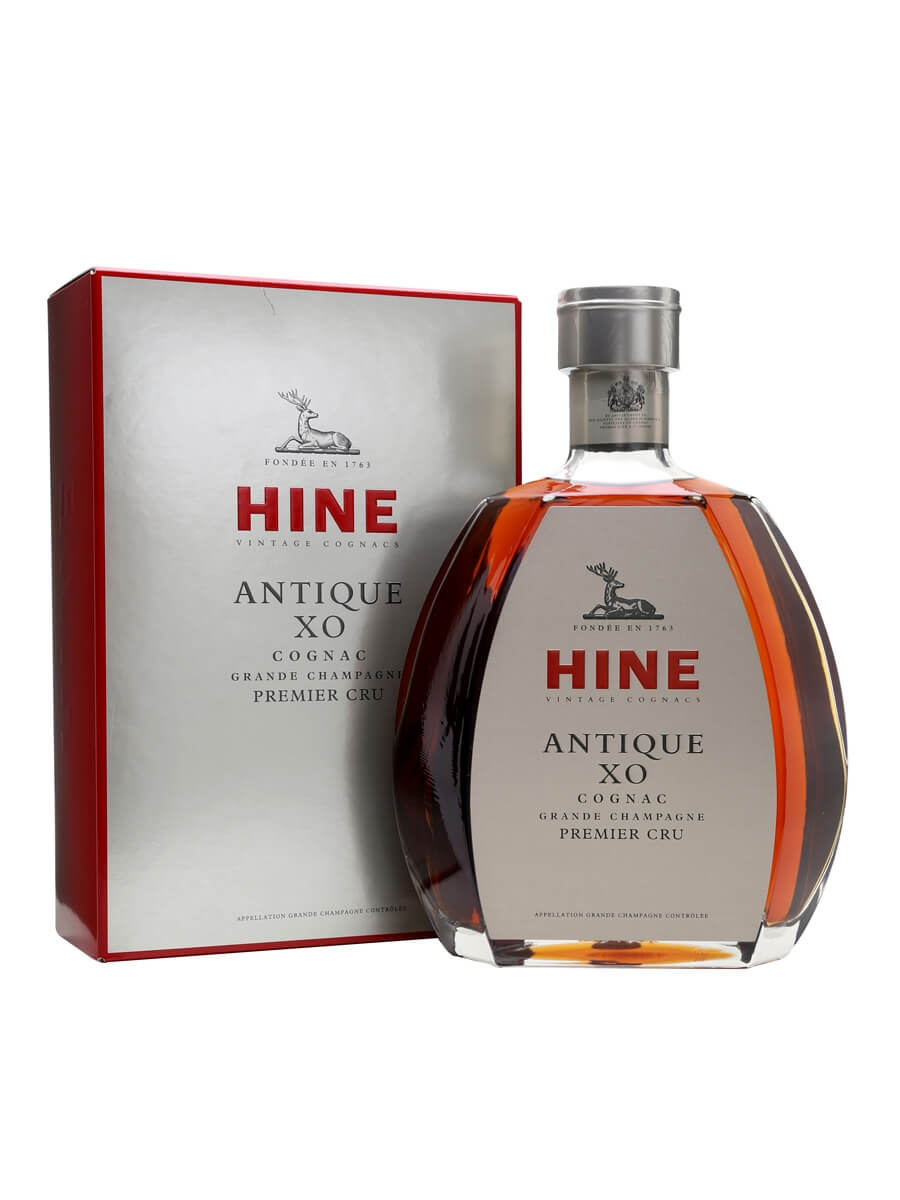by Ken Gargett
The French drinks industry would never have achieved anything like the lofty heights to which it has always aspired if not for the extensive contributions of foreigners. Think of the number of Germans involved in champagne – Krug, Bollinger, Mumm, Ruinart, and Veuve Clicquot all owe something to their efforts.
There were also plenty of Brits involved with Bordeaux. And also with cognac.
Thomas Hine was one of them. Born in Dorset in 1775, at the age of 16 he traveled to France to work in what was described as “his father’s favorite cognac house.” He did a little more than that, marrying the owner’s daughter and giving the house his name.
Hine, the cognac house, is still family owned, these days by the sixth generation (and perhaps a smidge more French than British these days). Bernard Hine is today’s gatekeeper.
Another version suggests that young Thomas was over in France for matters pertaining to the French Revolution, though precisely what remains somewhat clouded in mystery (a 16-year-old Scarlet Pimpernel?). He was arrested but avoided the fate that befell a number of those less fortunate, subsequently marrying Françoise, whose father owned and ran a cognac house in Jarnac.
Thomas quickly became involved and took the house to new standards. In 1817, the house was renamed Thomas Hine & Co.
And yet another version has a slight twist with Thomas, the sixth of 12 children, deciding to learn how his father’s favorite drink is made and venturing forth, as most 16-year-olds are wont to do. Not the wisest decision ever made, given that a young Englishman heading straight into the French Revolution was a recipe for trouble.
He allegedly fled but was caught and imprisoned, of all places, at Château de Jarnac. In a plot development that would embarrass the most florid of historical novelists, young Thomas, while so imprisoned, woos the daughter of the house, Françoise Elizabeth, and goes on to turn this small cognac producer into a worldwide success, whereupon its name is changed to honor him (I can’t help but think of an alcoholic version of Ken Follett’s The Pillars of the Earth).
Whatever version is true (or whichever you prefer), Hine today is indeed one of the great names in the world of spirits.
Hine today
For the last 250 years, the company has been headquartered at Hine House (that very Château de Jarnac) on the banks on the Charente River in Jarnac. Hine holds a special honor given to no other Cognac producer: in 1962, it was granted a royal warrant from Queen Elizabeth II to act as supplier to the royal household.

Hine Antique XO cognac
As do most houses, Hine offers a range including a series of vintage cognacs, prestige cognacs like Mariage and Talent, its Cigar Reserve, a fresh and flamboyant youthful cognac called H by Hine, which is ideal for easy drinking and use in a range of cocktails (and is served from jeroboam at all Alain Ducasse’s Parisian restaurants), and a very fine cognac called Antique XO.
It is not the absolute top of this house’s range but, in a world where peacock packaging often drives the price of a decent cognac up into the thousands of dollars, for a price of some AUD$220 to AUD$350 (it really does vary considerably), this represents superb drinking and excellent value (yes, all relative) and is the cognac I am specifically looking at today.
And, yes, if incredibly limited and horrendously expensive cognac is your preferred tipple, Hine can cover those as well.
Hine would attribute some of its advantages to dirt. The vineyards. A mix of Grand and Petite Champagne (as the soils are called) and other classified regions with the Cognac district.
In an industry where dealing with growers is common, Hine boasts 80 hectares of Grande Champagne of its own (or 70, depending on your source). The small village of Bonneuil is at the center of these.
The oak used for maturation is medium-grained, light-toasted French oak. While so much of cognac is blended across the years, Hine offers vintage representation – from Grande Champagne vineyards and exceptional years only – and even ages some of these cognacs in the UK, for the different conditions available there (slightly lower temperatures and higher humidity).
It also offers a limited range of single-estate cognacs from Bonneuil.

Hine Antique XO cognac
How does Hine Antique XO taste?
The Antique XO is not a vintage cognac, but rather a blend of more than 40 different components. It was first created back in 1920. The Hine du jour, George, who created the concept, had nicknamed his old casks as his “antiques,” hence the name.
What is key is that in recent years, Hine made the decision to upgrade its XO from Fine Champagne to Grande Champagne. There is a minimum of ten years ageing here, though the impression is that there might be even more time maturing, such is the balance.
The reason for this impression became clear when it was revealed that the average age of the components was 20 years. The oak used in the maturation process is mostly Troncais rather than the more common Limousin. Hine believes that the tighter, finer grain leads to fewer tannins being evident in the finished cognac.
The flavors come in ever-evolving waves. I always make certain I do my own notes before looking at those of others or the producer so as to avoid their influence (it is nearly impossible not to see some of the flavors others claim if you hear of them before tasting – or it is for me).
My immediate impression was of baked apples, and sure enough when I looked at the “official” tasting notes, I was not alone in that. Imagine a baked apple pie fresh from the oven. A whiff of glacé fruits, mild chocolate, nuts, raisins, and figs.
The oak gives up a vanillin, cedary character, which is not intrusive. Lovely richness, fine length, and good balance. Lots of complexity evident in this cognac, which is far more subtle, more delightfully delicate, than many.
Sure, there is plenty of spirit here, but it is so finely balanced that there is nothing harsh or too fiery, leaving a lovely creamy, almost cuddly texture. A really impressive cognac that is a joy to drink.

Hine Antique XO cognac
Cognac today has somewhat of an image problem for some. It is seen as a spirit sipped reverentially from leather armchairs in old men’s clubs while enjoying a favorite Cuban, or possibly as the drink of choice to celebrate big wins in Asian casinos.
It is, of course, so much more than that, but it is curious to me to see some from the region seemingly keen to abandon this perception. That is fine if there is something in place to replace it. I’m not convinced that the industry has persuaded the 20- to 30-year-olds to abandon whatever it is they are drinking in the pubs on a Friday night and switch to cognac. If the industry is not careful, it might be both baby and bathwater out the window.
The folks at Hine do not seem to have taken that route and they are not afraid of an association with that glorious past – indeed, they actually make a cognac called Cigar Reserve XO and are not backward in recommending that their finest products are enjoyed with a good cigar. It is not, of course, compulsory.
That said, it does seem time to put away the keyboard, grab a good book, and settle back and see just how well the Antique does go with a great cigar.
For more please visit www.hinecognac.com/cognacs/antique.
You may also enjoy:
Hennessy Paradis Imperial Cognac: Ethereal, With Great Length And Complexity, Yet Balanced
Johnnie Walker Blue Label Ghost And Rare Whisky: Hype Or No Hype?
Glenmorangie Signet: Rooted In Pictish Design And Worth Seeking Out





















































Leave a Reply
Want to join the discussion?Feel free to contribute!